Santa Eulalia, progress in neighbourhood revitalisation through citizen participation
Edited on
24 June 2019As we have previously explained, “ADN Urbano” (Urban DNA) focuses on neighbourhoods in the city centre, allowing us to prioritise courses of action for change and transformation towards sustainable urban development through a broad process of citizen participation.
Meaning that creating and developing citizen participation is a key-element, decisive in the process of generating change, and determining the success of the intervention.
A new model of neighbourhood intervention based on a methodology in different stages, tools for the detection and application of generated know-how, relying heavily on the participation process to determine the final outcomes, and with them the improvement of the method, so it can be replicated in multiple contexts.
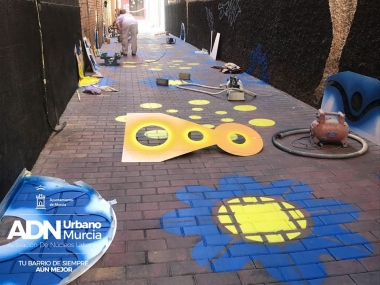
A citizen participation process that culminates in the revitalization of Santa Eulalia, using new participatory channels in which social networks assume a leading role, as can be seen throughout the process, and which constitutes the second clear link with URBACT Interactive Cities, being the first link the “revitalisation of urban areas”.
In previous articles we discussed the suitability of urban acupuncture when it comes to interventions in contexts like the transformation towards sustainable urban development, in this case for the Santa Eulalia neighbourhood with a gentle and non-invasive methodology, best described as 1000 mini-interventions. Intervention proposals that have been developed as a fruit of the citizen participation process and are defined within 15 strategies, also mentioned in a previous article.
Today we will be looking at a series of specific interventions that perfectly illustrate the actions undertaken by Murcia City Hall and in collaboration with the local residents, neighbours of the Santa Eulalia District. Here is a recapitulation of three specific actions that have been carried out.
A liveable neighbourhood is a clean neighbourhood
More than 300 municipal employees started working on the neighbourhood when the Mayor announced the official kick off of the interventions themselves. A vital aspect of the project, through all participatory actions and recollection of opinions, where this was a recurring theme, is the cleanliness of the neighbourhood, not just related to smells and trash (installing underground containers for trash collection for example). The neighbours were not happy with the way their streets looked, which is why a special focus was put on graffiti removal, repainting and redecorating the streets of the neighbourhood. In a specific citizen engagement and participation action the neighbours themselves, along with volunteers from all over the city, including councilmembers of Murcia city hall, picked up brushes and started to paint walls, fences and railings. Step one: cleaning. Step two: painting. Result: over 5.000 m2 of Santa Eulalia decorated.
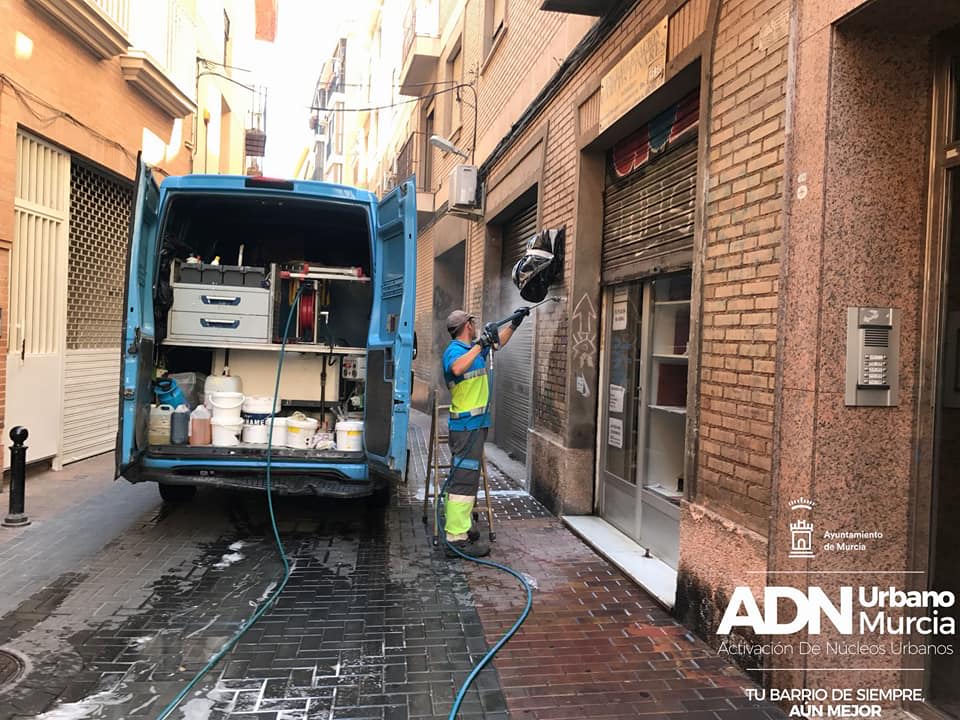 | 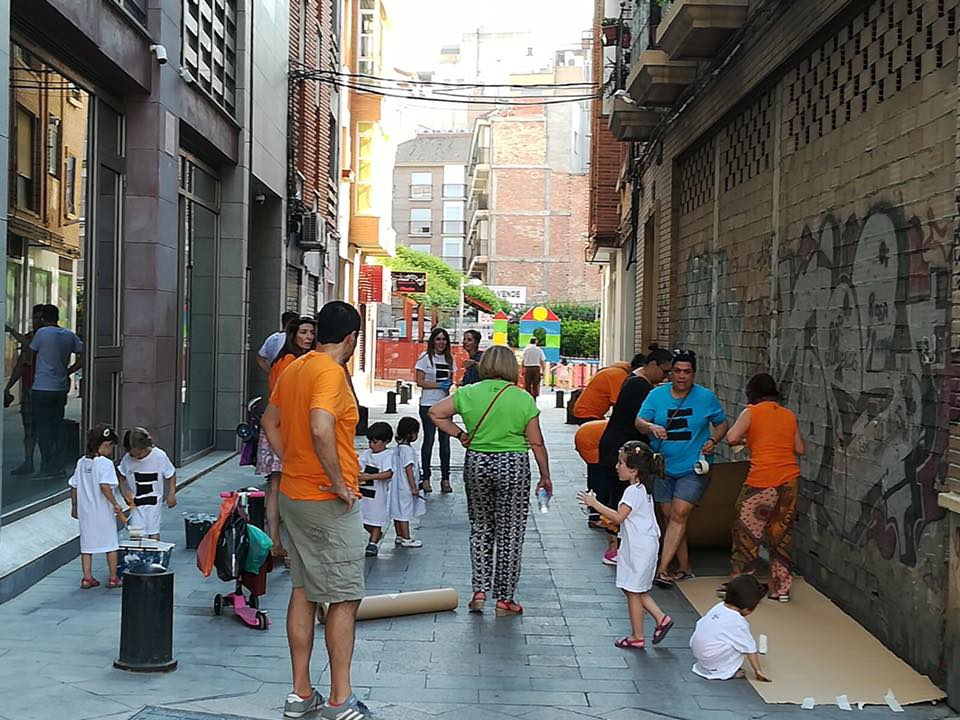 | 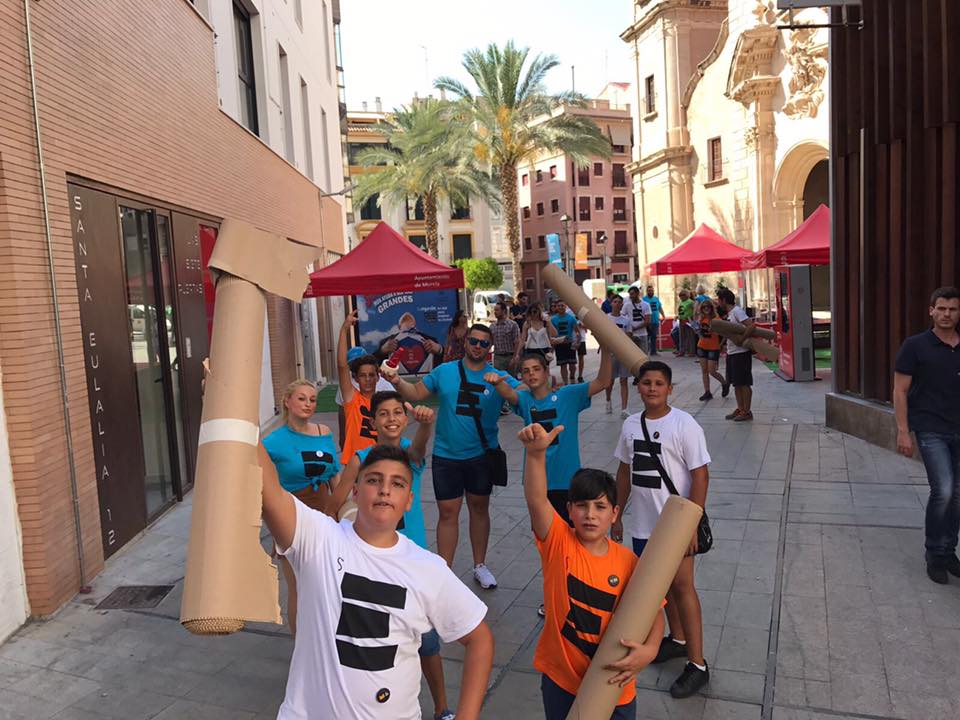 |
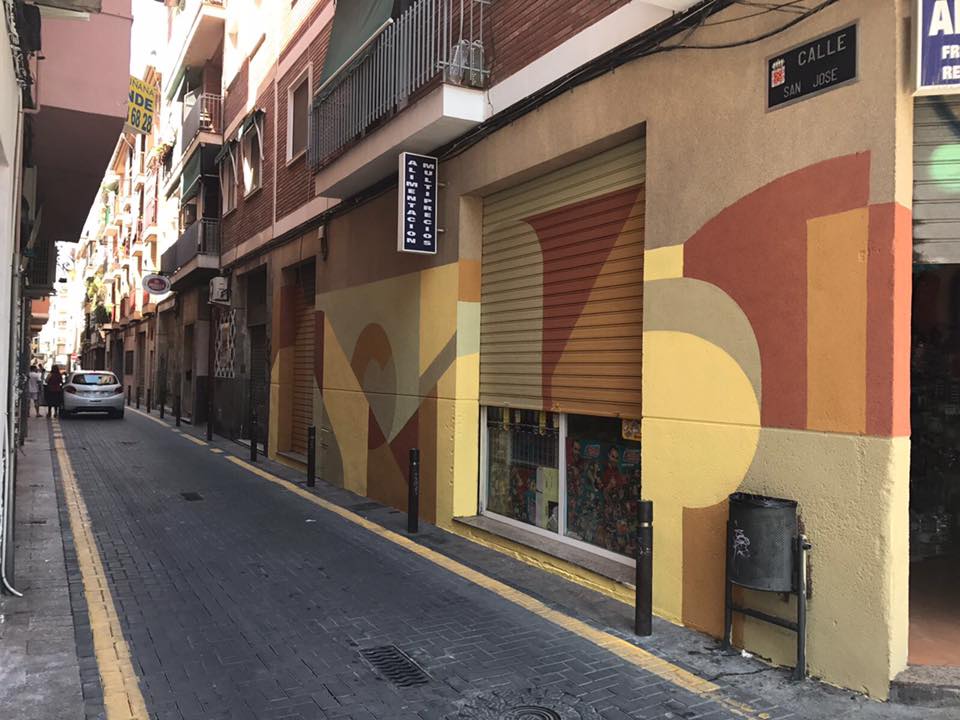 | 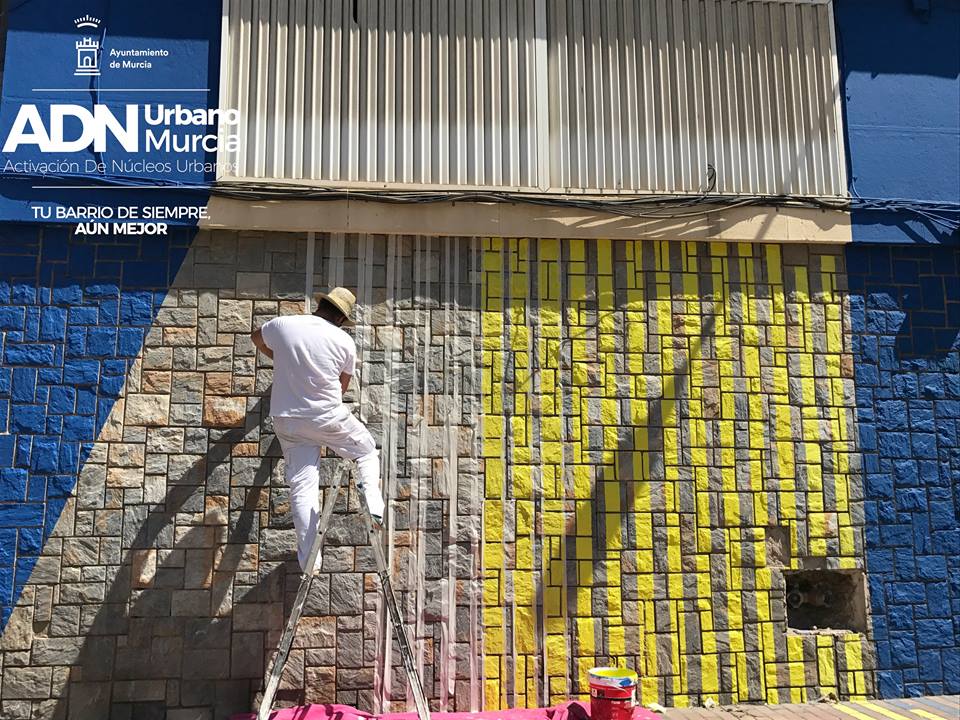 |
Santa Eulalia, neighbourhood of artists, Santa Quiteria, “calle de las letras”
The Santa Quitera mansion, former convent of San Antonio, has been turned into an open-air museum, with the collaboration of 14 local artists. Each one of them has painted a freely themed work of art (140 by 70 cm), with different techniques and styles, and these artworks have been transferred to vinyl. The vinyls have been installed in the windows of the palace and will have lighting during the night. And is the first of the temporary exhibitions that are expected to be displayed in the windows of the palace.
In Madrid there is a “barrio de las letras” (district of the literates), that owes its name to the literary activity developed throughout the sixteenth and seventeenth century. In this area some of the most outstanding writers of the Spanish Golden Age (Miguel de Cervantes, Quevedo, Góngora, Lope de Vega, etc.) lived, worked and created amazing contributions to Spanish Culture.
Santa Eulalia is the same, be it at a smaller scale, a district where famous and renowned Spanish artists have lived, worked and left their mark on the City and its people. Masters and maestros of the brush and chisel like Párraga, Pedro Flores, Ramón Gaya, Luis Garay, Antonio Campillo, Elisa Séiquer, Hernández Cano, etc. turned the neighbourhood of Santa Eulalia into this new identity, making it known as the 'district of the artists'. A feature that has been neglected and overlooked for far too long, which is why our mayor, José Ballesta, together with neighbours, relatives of the artists, and members of the city council, commemorative plaques, illustrated with the portraits of these great masters of the twentieth century, returning part of its history to the neighbourhood.
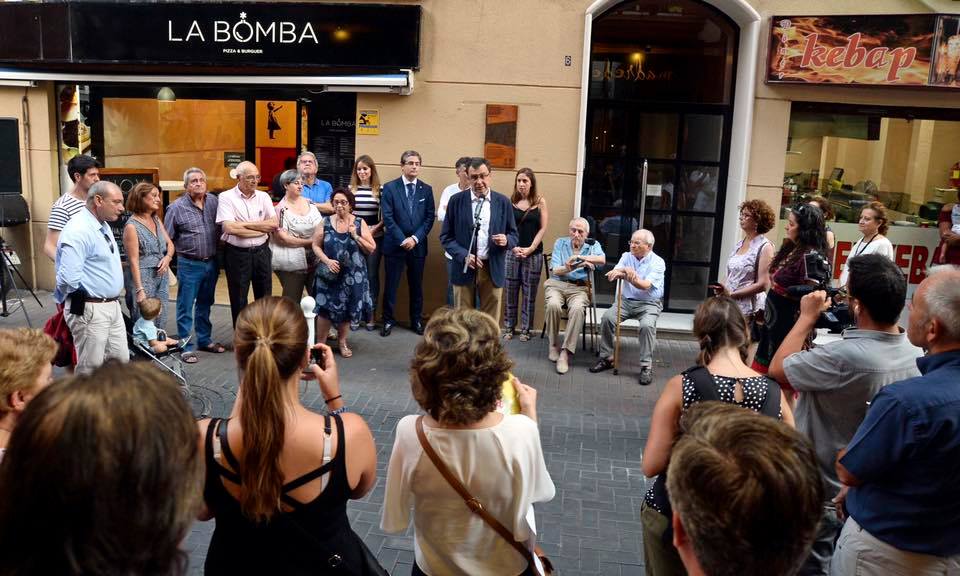 | 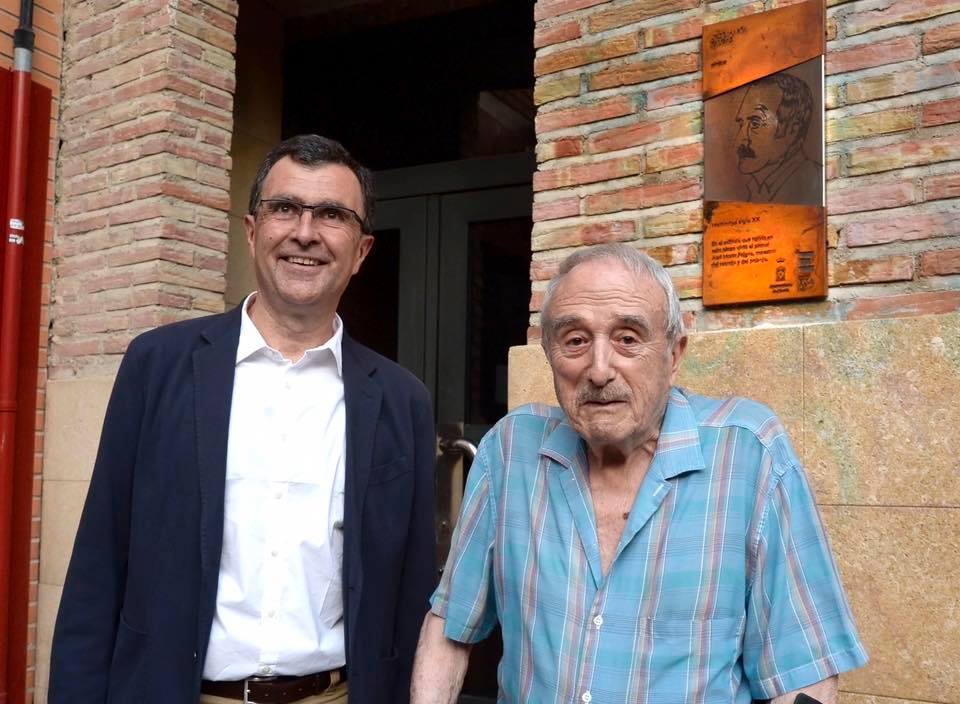 | 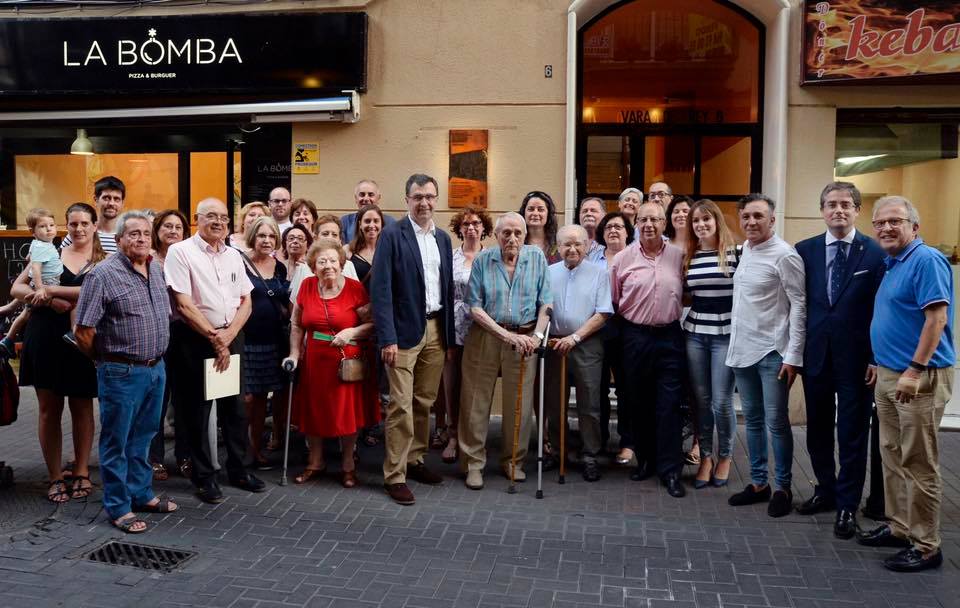 |
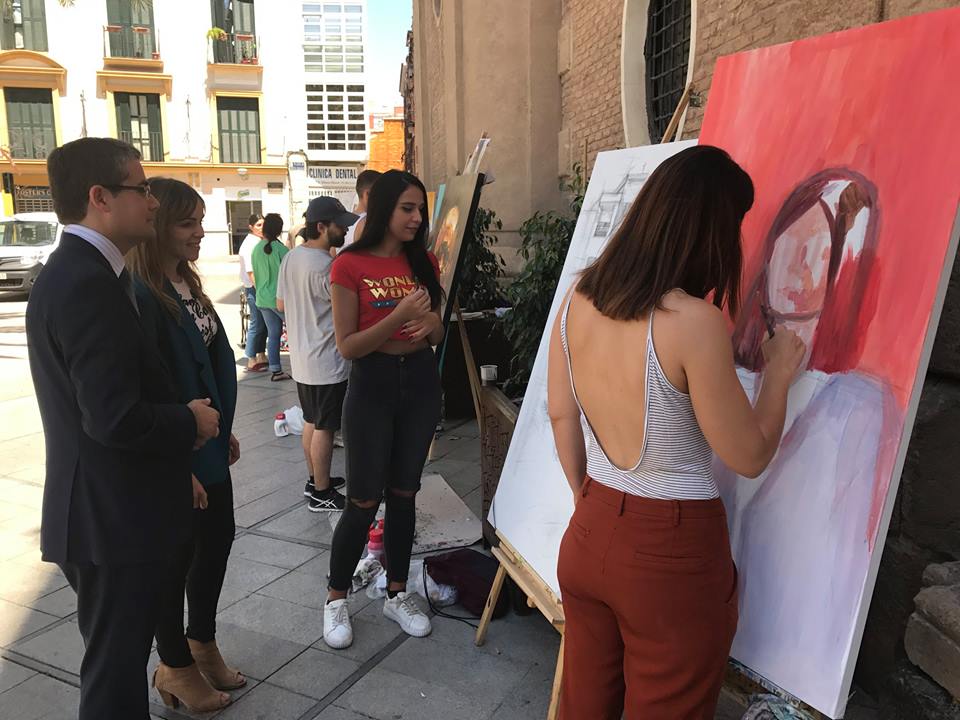 |  |
Creation of green spaces and a brand new urban garden
Being a neighbourhood located in the city centre, it’s similar to whichever big city with over a thousand years of history, the streets are narrow, the buildings are tall, the majority of squares are small, the parks have a very limited area (all aspects with their respective exceptions and exclusions). Which is why the inhabitants of Santa Eulalia asked for more green, for more open spaces and for them to reconnect with nature, being Murcia a city and region that has always been in connexion with nature and the countryside.
Special emphasis was put on the empty and abandoned plots in the area, privately owned but not always maintained by the proprietor. One of these plots was put at the disposal of Murcia City Hall during 50 years by a Murcian Family, with the request to turn it into a green space.
Which is why the empty plot on Calle Paco has been converted into a cultural and leisure space with an urban orchards, trees, an area to play traditional games and a space for open air exhibitions. Students form a nearby school, neighbours, volunteers, municipal employees and politicians all participated in planting a vertical garden spelling 'Santa Eulalia' with large plant letters. Another collaborative activity in which neighbours, families and friends came together to put the finishing touch on this urban oasis. The space that is open to everyone in the neighbourhood will be managed by local and the uses of the garden will evolve according to the needs of the inhabitants of Santa Eulalia.
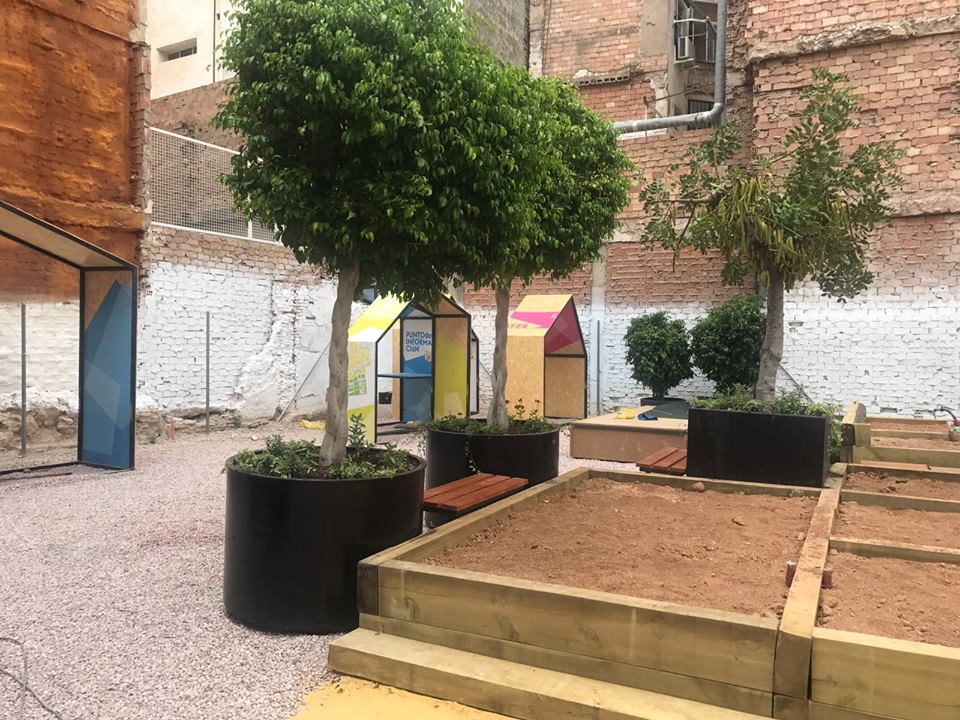 |  | 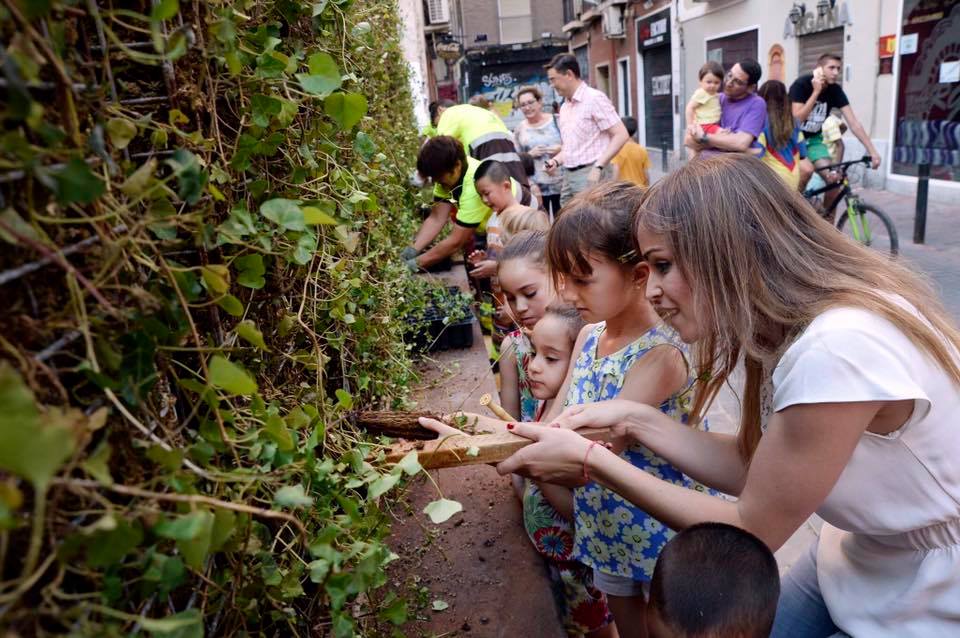 |
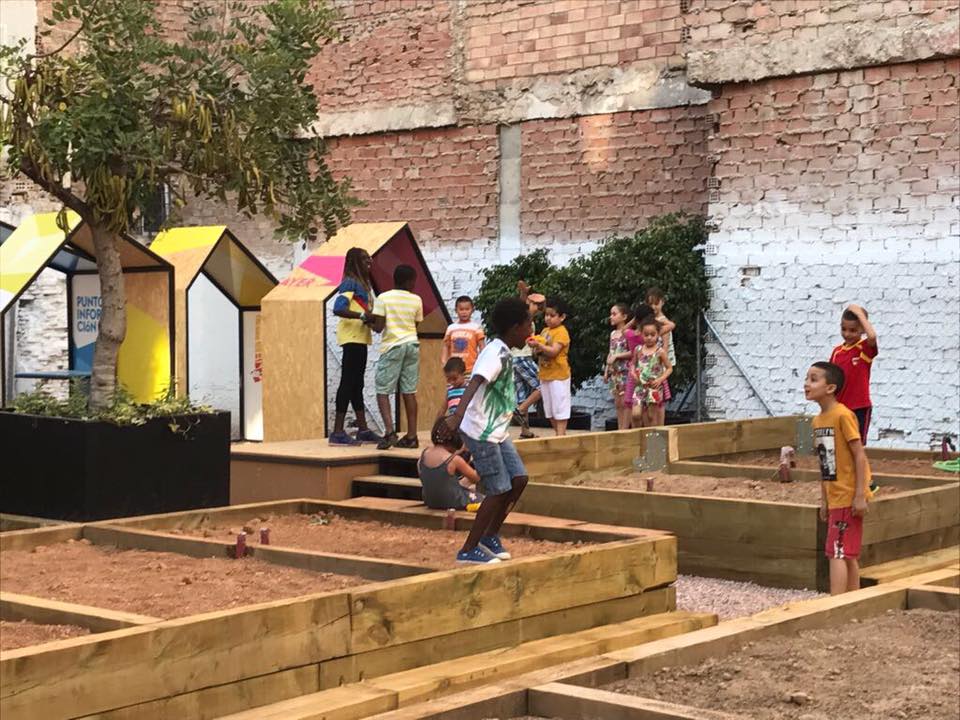 |  |
Kasper van Hout
Municipality of Murcia
Submitted by fvirgilio on
